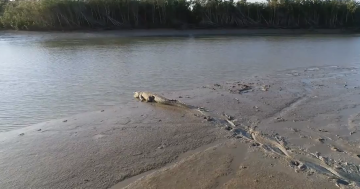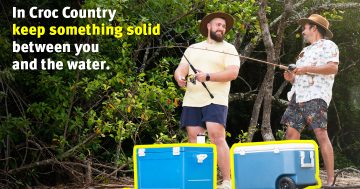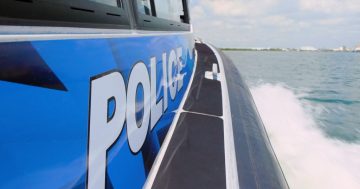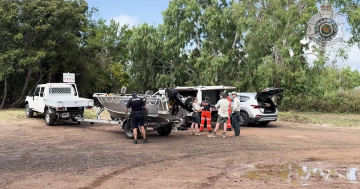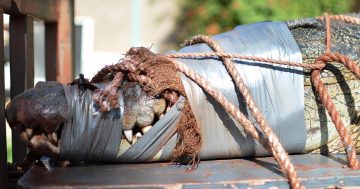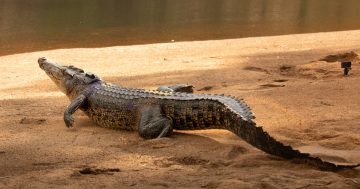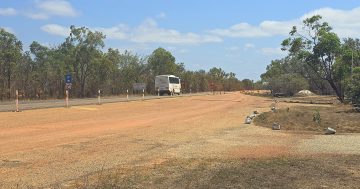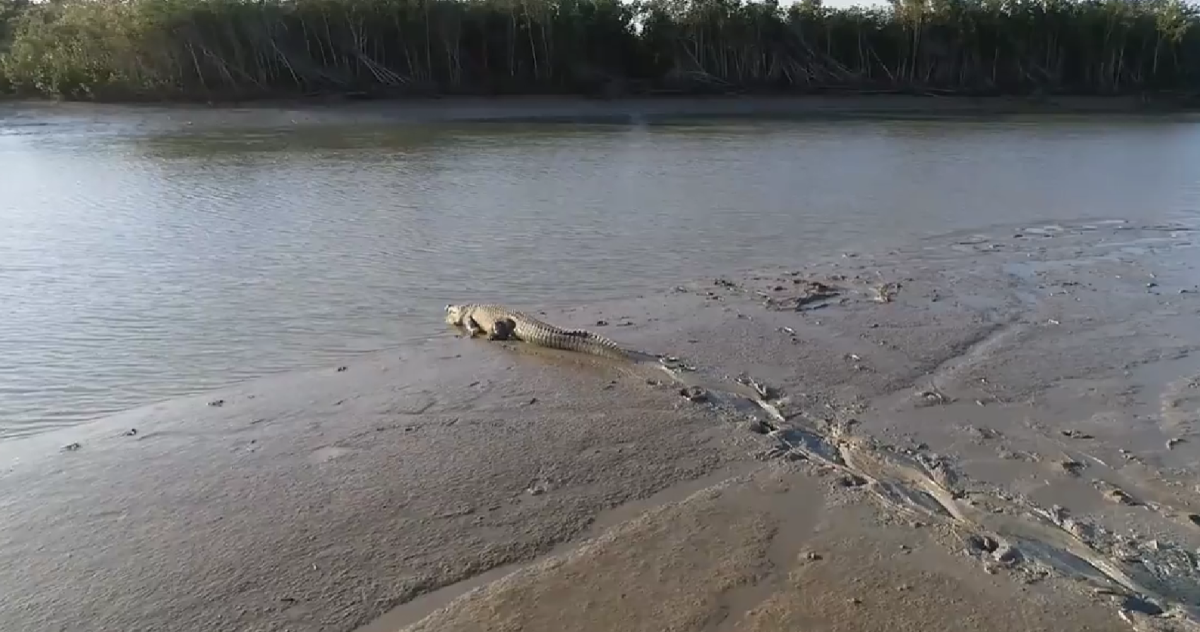
A new study has found about 40 per cent of Queensland’s estimated 20-30,000 adult saltwater crocodile population is found in north-west Cape York. Photo: Supplied.
A long-range genetic study of Queensland’s saltwater crocodiles has shown about 40 per cent of the total non-hatchling population is found in the north-western part of Cape York.
The study was led by the Department of Environment, Science and Innovation (DESI) in collaboration with CSIRO, and also determined the estimated 20-30,000 reptiles living in the state’s waterways could be broadly categorised as coming from six populations living within 12 distinct bioregions.
The local sub-populations include north-west Cape York and the Torres Strait, north-east Cape York and Rinyirru (Lakefield) and the north-eastern coast.
DESI program coordinator wildlife monitoring and research Simon Booth said the study found about 91 per cent of Queensland crocodiles also live within 50 kilometres of where they hatched.
“Although estuarine crocodiles are capable of moving anywhere along Queensland’s coastline, the study has redefined what we know about Queensland’s crocodile population,” Mr Booth said.
“[T]he genetics study has shown where crocodiles come from, where they go and how far they travel.
“Almost eighty per cent of Queensland’s crocodile population is located north of Cooktown and in the Gulf of Carpentaria, with around 20 per cent located along the coastline between Cooktown and Rockhampton.
“This information can help us manage local populations, and we will use the findings to help inform the management of crocodiles.”
The study found the saltwater crocodile population in Queensland had recovered from widescale commercial hunting prior to protections being introduced in 1974, with those on Cape York recorded at a density of three per kilometre, two-and-a-half times the 1.2 per kilometre density of populations around Cairns and the southern Gulf of Carpentaria.
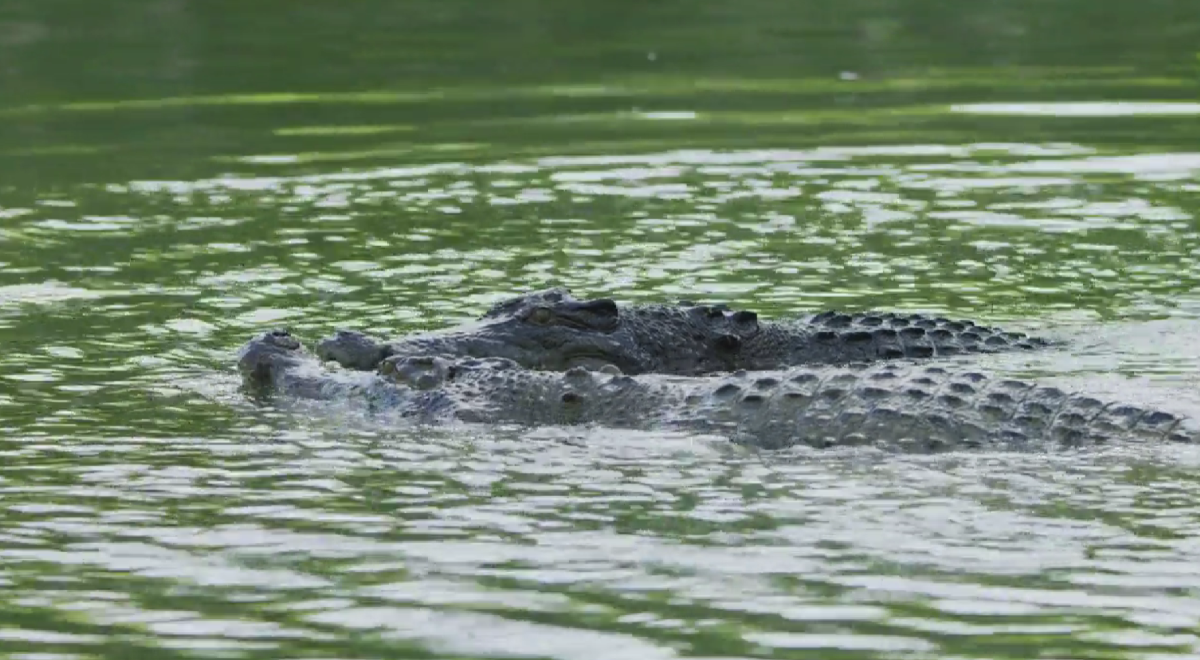
A long-range genetic study of Queensland’s saltwater crocodiles has shown they can be described broadly as six populations living within 12 distinct bioregions. Photo: Supplied.
1176 genetic samples were used for analysis in the study and CSIRO senior research scientist Luke Lloyd-Jones said it had been a great collaboration between the organisations.
“The study integrated ecological and management knowledge with exciting genetic data generated from DNA samples,” Mr Lloyd-Jones said.
“This data, coupled with advanced analytics, allowed us to gain insights into how Queensland’s crocodiles are connected across the species range both historically, through patterns of genetic variation, and more recently, via the distribution of close relatives.”
The study showed there was no evidence of southern expansion of crocodile populations below the Fitzroy River in Rockhampton.


